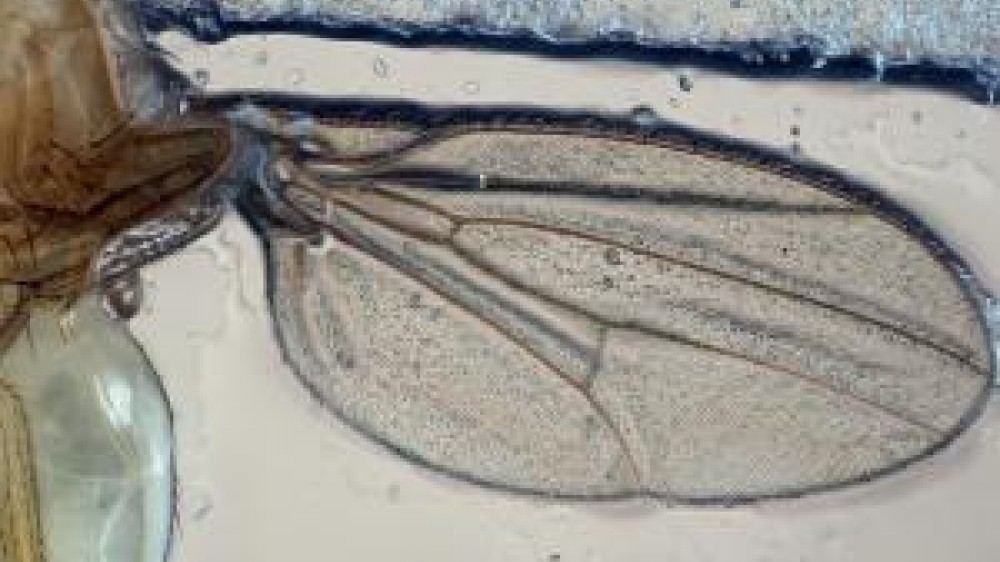A new non-invasive method for studying neuronal ageing using imaging in the fruit fly

A paper published recently in Nature Protocols describes a new, non-invasive way to study the transport of molecules in neurons using the fruit fly.
NC3Rs David Sainsbury Fellow Dr Alessio Vagnoni, MRC Laboratory of Molecular Biology, Cambridge, has coupled the fruit fly model with cutting edge imaging techniques to replace mammalian models of neuronal ageing.
Age-related neuronal dysfunction, present in diseases such as dementia, has been linked to the transport of molecules in neurons, particularly in the axon, the longest projection in the neuronal cell. However, the study of axonal transport in ageing animals has been challenging, mostly because of difficulties in imaging the process in mice, the most commonly used species for this purpose. The procedures also involve technically demanding and time consuming surgical or tissue explant techniques, which are invasive and can result in pain and suffering for the animals.
To address these issues, Dr Vagnoni developed a simple and non-invasive method for the detailed characterisation of neuronal transport in the intact nerves of the fruit fly, Drosophila melanogaster. Importantly, the method can be combined with established genetic tools for Drosophila, making it possible to examine models carrying the equivalent of human disease mutations. The new imaging technique takes advantage of the fly’s translucent wings and offers a quick and cost-efficient alternative to the mouse models.
Before imaging, flies are anaesthetised and immobilised in a custom-made imaging chamber, which can be easily constructed from coverslips and adhesive tape. High quality images of molecule transport in the nerves of these flies are then generated using fluorescent microscopy. Overall, the mounting and imaging process takes less than 15 minutes per fly, and the images can be exported to specialist software for analysis. The procedure can be repeated with flies at different stages of adulthood to look at transport dynamics during the aging process.
Thanks to its simplicity, the protocol can also be easily adapted to study other aspects of neuronal cell biology, for example the activity of neurons in health and disease states. This new method has great scientific benefits and is a powerful alternative to currently used models.
To read more about Dr Vagnoni’s research, visit: A new Drosophila-based strategy to study mitochondrial transport and neuronal ageing in vivo
To read more about David Sainsbury Fellows, visit: David Sainsbury Fellows
